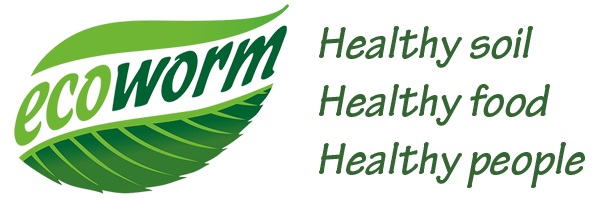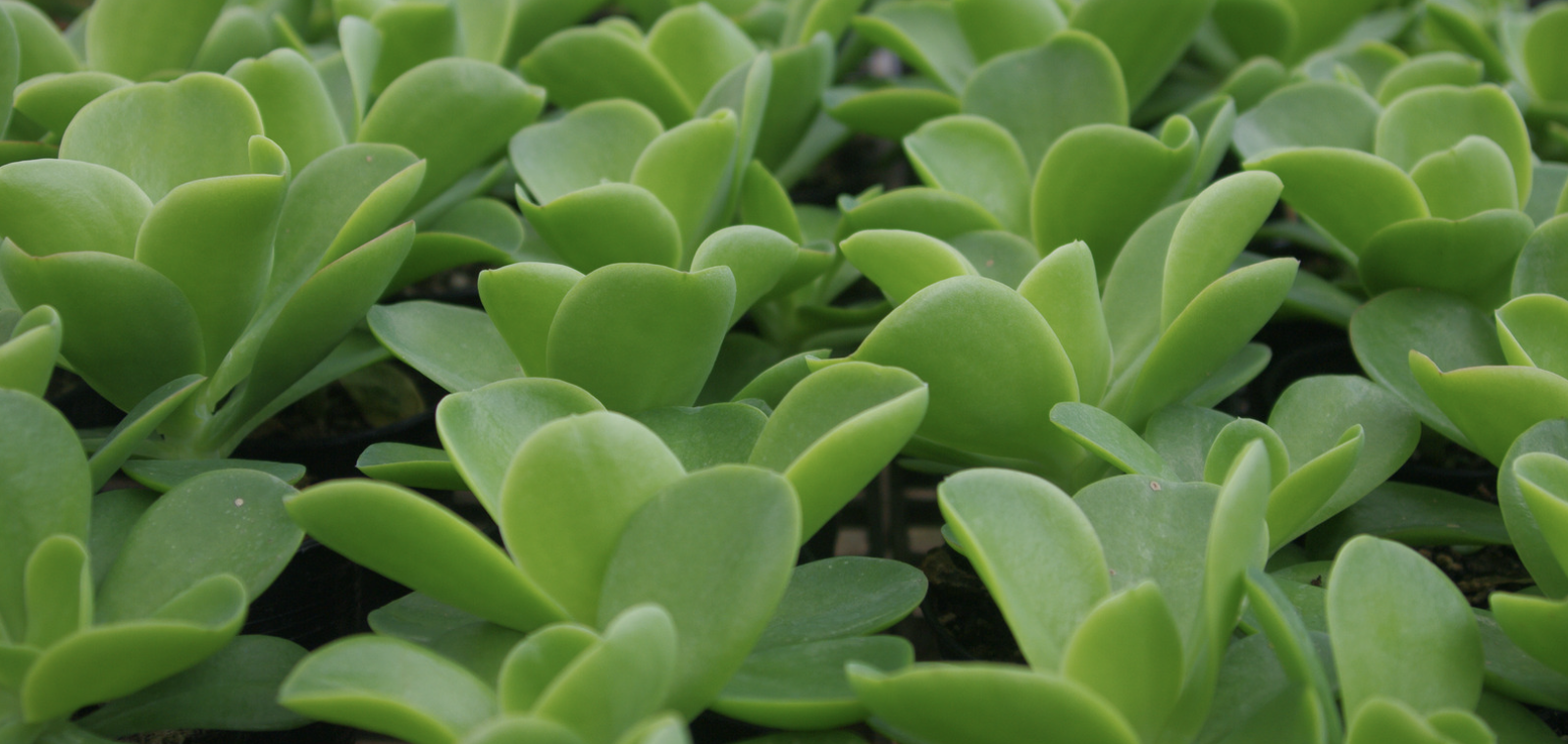If you’re an avid gardener, you’ve probably heard the term “gardening zone” or “plant hardiness zone” before. But are gardening zones changing? With the growing awareness of climate change, many gardeners are noticing shifts in the types of plants that thrive in their region. Gardening zones, which were once static, are now being reevaluated due to temperature fluctuations, changing weather patterns, and shifting climates. In this post, we’ll explore how gardening zones are changing, what that means for your garden, and how you can adapt your planting strategies.
What Are Gardening Zones?
Before diving into whether gardening zones are changing, it’s important to understand what they are. Gardening zones, also known as USDA hardiness zones, are defined by the average annual minimum winter temperature in a given area. These zones help gardeners choose plants that are most likely to survive the local climate conditions, especially in terms of cold tolerance.
The USDA hardiness zone map divides the United States into 13 zones, each with a 10°F difference in average annual minimum temperature. For example, Zone 5 is typically for areas that experience winter temperatures as low as -20°F to -10°F, while Zone 9 may experience winter lows between 20°F and 30°F.
How Climate Change Is Affecting Gardening Zones
So, are gardening zones changing? Yes, they are! According to recent studies and updated USDA maps, gardening zones have been shifting northward over the past few decades. This means areas that were once classified as colder zones are now experiencing warmer temperatures, while traditionally warmer regions are facing new extremes.
- Rising Temperatures: As global temperatures rise, the minimum temperatures for many regions have been increasing, which has caused gardening zones to shift. For example, areas once classified as Zone 6 might now fall into Zone 7, indicating warmer winters.
- Changing Growing Seasons: With milder winters and longer growing seasons, gardeners in some regions are now able to grow plants that were previously unsuitable for their area. For instance, certain heat-loving plants that once couldn’t survive in cooler zones may now thrive.
- Increased Weather Extremes: While many regions are experiencing warmer winters, climate change is also causing more unpredictable weather patterns. Increased occurrences of late frosts, droughts, or extreme heat can still impact gardening in ways that don’t always align with the shift in zones.
How Can You Adapt to Changing Gardening Zones?
Adapting to shifting gardening zones is essential for gardeners who want to continue growing healthy, thriving plants. Here are some ways to adjust your gardening practices in response to changing zones:
- Reevaluate Your Plant Choices: If you’ve noticed your region becoming warmer, consider introducing plants that were previously not hardy enough for your area. For example, you might be able to grow plants that once needed a warmer climate, like citrus trees or Mediterranean herbs, even if you were in a colder zone before.
- Use Microclimates to Your Advantage: Within any gardening zone, there can be microclimates—smaller areas with different conditions, such as sheltered corners or areas with more sunlight. Pay attention to these microclimates and use them to your advantage to grow plants that might not otherwise thrive in your overall zone.
- Monitor Weather Trends: As climate change brings more extreme weather events, it’s important to track your local weather patterns. Pay attention to changes in frost dates, temperature spikes, and unexpected weather that may impact your planting and harvesting schedule.
- Prepare for Extreme Weather: Gardening in a changing climate means being prepared for more erratic weather. Planting drought-tolerant species, using mulch to retain moisture, and creating windbreaks can all help protect your garden from extreme weather.
Tools to Help You Adjust to Changing Gardening Zones
Luckily, there are several tools available to help you stay on top of gardening zone changes:
- Updated USDA Hardiness Zone Maps: The USDA hardiness zone map is regularly updated to reflect the changes in climate. Use the most recent version to reassess your gardening zone and make informed decisions about what plants to grow.
- Plant Selection Apps: There are many apps and online databases that help gardeners choose the right plants for their updated zones. These tools consider various factors like temperature, soil conditions, and moisture levels to provide personalized plant recommendations.
- Local Gardening Resources: Many local agricultural extensions and gardening societies offer advice and resources based on regional climate changes. Connecting with local gardening communities can give you insights into the specific changes in your area and how to adjust.
The Future of Gardening Zones
While gardening zones are changing, this doesn’t mean that gardening is becoming impossible or more difficult—it’s simply evolving. In the future, we may see the development of new plant varieties that are better suited to fluctuating conditions. Additionally, there may be new gardening techniques that can help us adapt to unpredictable weather patterns.
What’s important is that gardeners remain flexible and open to these changes. Climate change is a reality, but it also presents an opportunity for innovation and creativity in gardening.
So, are gardening zones changing? The answer is clear—yes, they are! As our climate continues to shift, gardening zones are being redefined, offering both challenges and opportunities for gardeners. By staying informed, reassessing your plant choices, and adapting your gardening techniques, you can continue to enjoy a thriving garden no matter how the climate changes.
Stay ahead of the curve and create a garden that thrives in changing conditions with our organic fertilizers. Visit our website to explore our range of products and help your plants flourish in any climate.


Comments are closed